Here's a similar story of Pattipati Ramaiah Naidu (a.k.a. Dr. Ramaiah Naidu), who fought from all odds in his life to achieve unwavering success.
Although hard work is difficult to come by, it pays off for those who possess the commitment and resolve to persevere. Here's a similar story of Pattipati Ramaiah Naidu (a.k.a. Dr. Ramaiah Naidu), who fought from all odds in his life to achieve unwavering success.
In June 1904, Naidu was born in Madanapalli, British India. He departed from home at a young age to join Aurobindo Ghosh's newly established ashram in Puducherry. He then proceeded to Santiniketan, where he worked as a maths teacher. He earned his B.Sc. with honours from Banaras Hindu University in 1923.
Later, he relocated to London University to work on his doctoral thesis under the tutelage of English experimental physicist Prof. P. M. S. Patrick Blackett, receiving his degree in 1936. In order to help establish India's first radon production facility for cancer treatment, the Tata Trust, Mumbai, offered Ramaish Naidu the position of Chief Physicist at Tata Memorial Hospital, Bombay, in 1936. Ramaiah Naidu worked under G. Failla for two more years in 1936 at the Sloan Kettering Memorial Hospital in New York, which is now known as Memorial Sloan–Kettering Cancer Centre. There, he installed the Radium Extraction unit to produce radon.
In order to establish India's first radon production facility for cancer treatment, Tata Sons, Mumbai, sought Ramaiah Naidu's assistance in 1936 when they were eager to establish a Cancer Research Institute under the Sir Dorabji Tata Trust.
When Ramaiah Naidu joined Tata Memorial Hospital (now Tata Memorial Centre) in 1938, he brought two grammes of radium and the hospital's radium extraction unit with him. He established the nation's first unit for radium extraction well in advance of the Tata Memorial Hospital's opening on February 28, 1941. The Tata Memorial Hospital and Cancer Research Institute were taken over by the Indian Cancer Research Centre (later named the Cancer Research Institute), which was founded by the Indian government in 1952. The Tata Memorial Hospital's administrative control was then given to the Department of Atomic Energy, Government of India, in 1962.
Naidu's overexposure to radium during the radon plant's decommissioning and re-commissioning during World War II caused damage to his bone marrow and the development of artificial cancer. Basically, the advice was to stay away from jobs involving radiation. Ramaiah Naidu and his family were sent to Switzerland in 1948 by the Tata Trust for medical treatment.
Ramaiah Naidu recovered from the bone marrow damage and overexposure to radium along with his family. After that, he worked for UNESCO in Paris as a Programme Specialist in the Department of Natural Science, where he developed and carried out a number of initiatives aimed at raising the standard of science instruction. In 1955, Naidu moved to India as the Scientific Director of UNESCO, South East Asia, at the Government of India's request. He served as a Field Adviser for the All India Council for Secondary Education from 1957 to 1959.
Ramaiah Naidu, a renowned Indian physician, met Marthe Mange during the Second Round Table Conference in London. They had a daughter, Leela Naidu, who later acted in Indian cinema.
![submenu-img]() T20 World Cup Final: Rohit Sharma joins Kane Williamson in elite list, becomes first Indian captain to....
T20 World Cup Final: Rohit Sharma joins Kane Williamson in elite list, becomes first Indian captain to....![submenu-img]() Pankaj Tripathi fires back at Panchayat actor Pankaj Jha for claiming he romanticises his struggles: 'I am not...'
Pankaj Tripathi fires back at Panchayat actor Pankaj Jha for claiming he romanticises his struggles: 'I am not...'![submenu-img]() NEET PG 2024 revised dates to be announced within two days, says Education Minister Dharmendra Pradhan
NEET PG 2024 revised dates to be announced within two days, says Education Minister Dharmendra Pradhan![submenu-img]() Meet Indian genius who became world’s youngest surgeon at 7, started doing B.Sc at 12, master's at 17, joined IIT for...
Meet Indian genius who became world’s youngest surgeon at 7, started doing B.Sc at 12, master's at 17, joined IIT for...![submenu-img]() Jim Sarbh clarifies his 'mental therapy' comment wasn't targeted at Ranveer Singh: 'I find this almost absurd to...'
Jim Sarbh clarifies his 'mental therapy' comment wasn't targeted at Ranveer Singh: 'I find this almost absurd to...'![submenu-img]() NEET PG 2024 revised dates to be announced within two days, says Education Minister Dharmendra Pradhan
NEET PG 2024 revised dates to be announced within two days, says Education Minister Dharmendra Pradhan![submenu-img]() Meet Indian genius who became world’s youngest surgeon at 7, started doing B.Sc at 12, master's at 17, joined IIT for...
Meet Indian genius who became world’s youngest surgeon at 7, started doing B.Sc at 12, master's at 17, joined IIT for...![submenu-img]() Meet woman who cracked UPSC exam at 22, got AIR 28, became IAS officer in first attempt, now..
Meet woman who cracked UPSC exam at 22, got AIR 28, became IAS officer in first attempt, now..![submenu-img]() NTA announces new exam dates for UGC NET, CSIR NET; check details
NTA announces new exam dates for UGC NET, CSIR NET; check details![submenu-img]() UPSC topper IAS Tina Dabi is handling two crucial responsibilities, know details here
UPSC topper IAS Tina Dabi is handling two crucial responsibilities, know details here![submenu-img]() DNA Verified: Did Kangana Ranaut party with gangster Abu Salem? Actress reveals who's with her in viral photo
DNA Verified: Did Kangana Ranaut party with gangster Abu Salem? Actress reveals who's with her in viral photo![submenu-img]() DNA Verified: New Delhi Railway Station to be closed for 4 years? Know the truth here
DNA Verified: New Delhi Railway Station to be closed for 4 years? Know the truth here![submenu-img]() DNA Verified: Did RSS chief Mohan Bhagwat praise Congress during Lok Sabha Elections 2024? Know the truth here
DNA Verified: Did RSS chief Mohan Bhagwat praise Congress during Lok Sabha Elections 2024? Know the truth here![submenu-img]() DNA Verified: Is CAA an anti-Muslim law? Centre terms news report as 'misleading'
DNA Verified: Is CAA an anti-Muslim law? Centre terms news report as 'misleading'![submenu-img]() DNA Verified: Lok Sabha Elections 2024 to be held on April 19? Know truth behind viral message
DNA Verified: Lok Sabha Elections 2024 to be held on April 19? Know truth behind viral message![submenu-img]() Alia Bhatt mesmerises in gown, Ranbir Kapoor looks classy in tuxedo in latest romantic photos, fans say 'couple goals'
Alia Bhatt mesmerises in gown, Ranbir Kapoor looks classy in tuxedo in latest romantic photos, fans say 'couple goals'![submenu-img]() Newlyweds Sonakshi Sinha-Zaheer Iqbal pose candidly with paps; Anil Kapoor, Kajol, Huma Qureshi attend wedding reception
Newlyweds Sonakshi Sinha-Zaheer Iqbal pose candidly with paps; Anil Kapoor, Kajol, Huma Qureshi attend wedding reception![submenu-img]() Meet Lovekesh Kataria: Elvish Yadav's close friend, Bigg Boss OTT 3 contestant who lied to father, spent his fees on...
Meet Lovekesh Kataria: Elvish Yadav's close friend, Bigg Boss OTT 3 contestant who lied to father, spent his fees on...![submenu-img]() From Highway to Chandu Champion: 5 underrated gems from Sajid Nadiadwala
From Highway to Chandu Champion: 5 underrated gems from Sajid Nadiadwala![submenu-img]() In pics: Bigg Boss OTT 3 house with dragons, two-sided walls is all about fantasy coming alive
In pics: Bigg Boss OTT 3 house with dragons, two-sided walls is all about fantasy coming alive![submenu-img]() Lok Sabha Speaker's Election: What does the Constitution say?
Lok Sabha Speaker's Election: What does the Constitution say?![submenu-img]() Explained: Why is Kerala demanding to change its name to Keralam?
Explained: Why is Kerala demanding to change its name to Keralam?![submenu-img]() DNA Explainer: What is Kafala system that is prevalent in gulf countries? Why is it considered extremely brutal?
DNA Explainer: What is Kafala system that is prevalent in gulf countries? Why is it considered extremely brutal? ![submenu-img]() Lok Sabha Elections 2024: What are exit polls? When and how are they conducted?
Lok Sabha Elections 2024: What are exit polls? When and how are they conducted?![submenu-img]() DNA Explainer: Why was Iranian president Ebrahim Raisi seen as possible successor to Ayatollah Khamenei?
DNA Explainer: Why was Iranian president Ebrahim Raisi seen as possible successor to Ayatollah Khamenei?![submenu-img]() Pankaj Tripathi fires back at Panchayat actor Pankaj Jha for claiming he romanticises his struggles: 'I am not...'
Pankaj Tripathi fires back at Panchayat actor Pankaj Jha for claiming he romanticises his struggles: 'I am not...'![submenu-img]() Jim Sarbh clarifies his 'mental therapy' comment wasn't targeted at Ranveer Singh: 'I find this almost absurd to...'
Jim Sarbh clarifies his 'mental therapy' comment wasn't targeted at Ranveer Singh: 'I find this almost absurd to...'![submenu-img]() Rohit Saraf reacts to Ishq Vishk Rebound's dismal box office performance: 'What I can control is...'
Rohit Saraf reacts to Ishq Vishk Rebound's dismal box office performance: 'What I can control is...'![submenu-img]() Meet actress, who wanted to become criminal psychologist, broke off her engagement, is now among highest-paid stars
Meet actress, who wanted to become criminal psychologist, broke off her engagement, is now among highest-paid stars![submenu-img]() Rajinikanth hails Nag Ashwin for taking Indian cinema to a different level with Kalki 2898 AD: 'Eagerly waiting for...'
Rajinikanth hails Nag Ashwin for taking Indian cinema to a different level with Kalki 2898 AD: 'Eagerly waiting for...'![submenu-img]() World's oldest wine, buried 2000 years ago, was discovered in…
World's oldest wine, buried 2000 years ago, was discovered in…![submenu-img]() Meet world's most wanted woman, carried a reward of Rs 417241250 on her head, her crime is...
Meet world's most wanted woman, carried a reward of Rs 417241250 on her head, her crime is...![submenu-img]() Meet actress who was once compared to Marilyn Monroe, was stabbed 16 times when 8th month pregnant, hanged alive by..
Meet actress who was once compared to Marilyn Monroe, was stabbed 16 times when 8th month pregnant, hanged alive by..![submenu-img]() Most expensive bottled water, sold in Japan, is adorned with Swarovski crystals, cost per litre is Rs..
Most expensive bottled water, sold in Japan, is adorned with Swarovski crystals, cost per litre is Rs..![submenu-img]() Before Anant Ambani-Radhika Merchant's grand wedding, Mukesh Ambani and Nita Ambani plan to...
Before Anant Ambani-Radhika Merchant's grand wedding, Mukesh Ambani and Nita Ambani plan to...

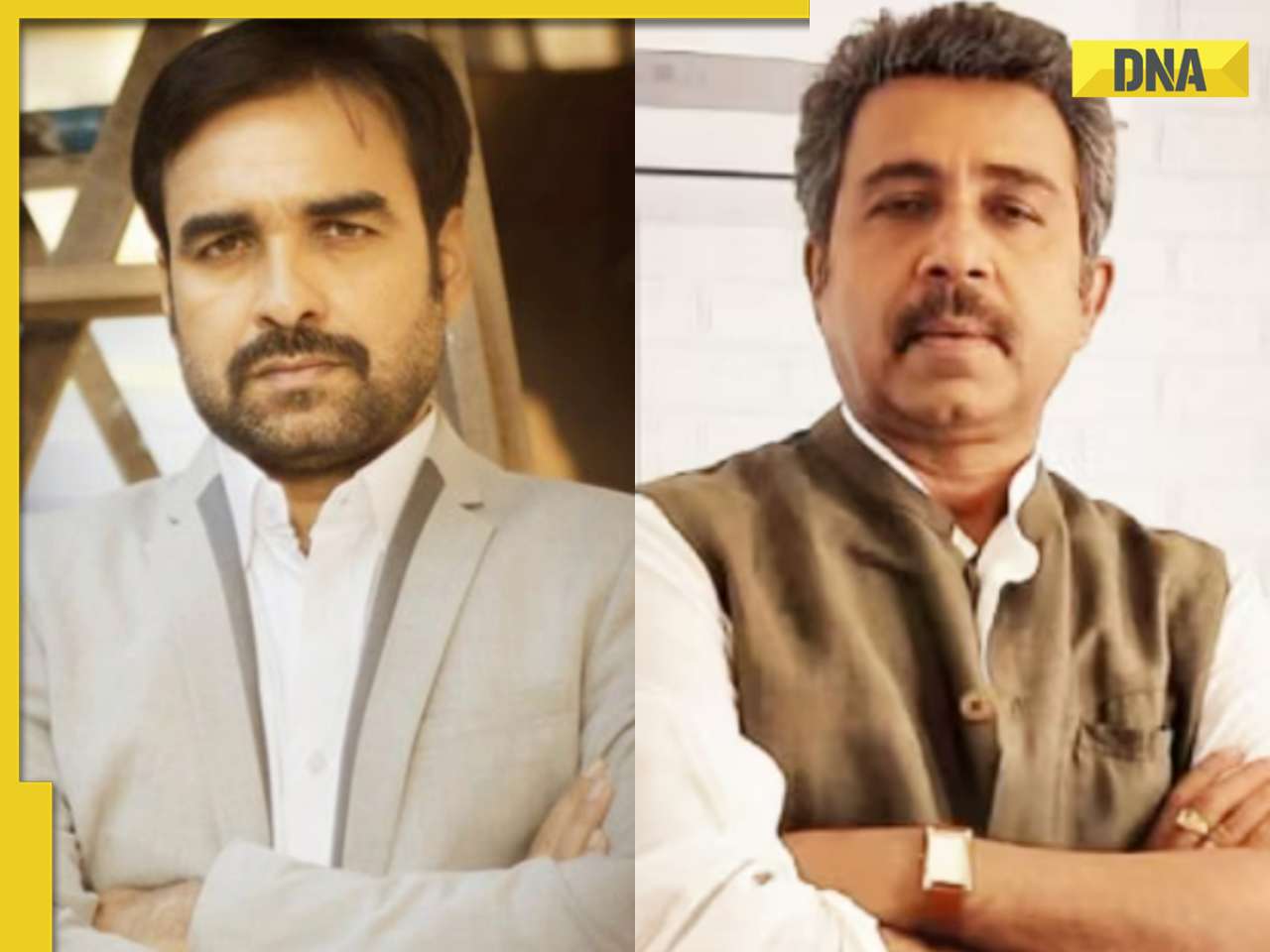
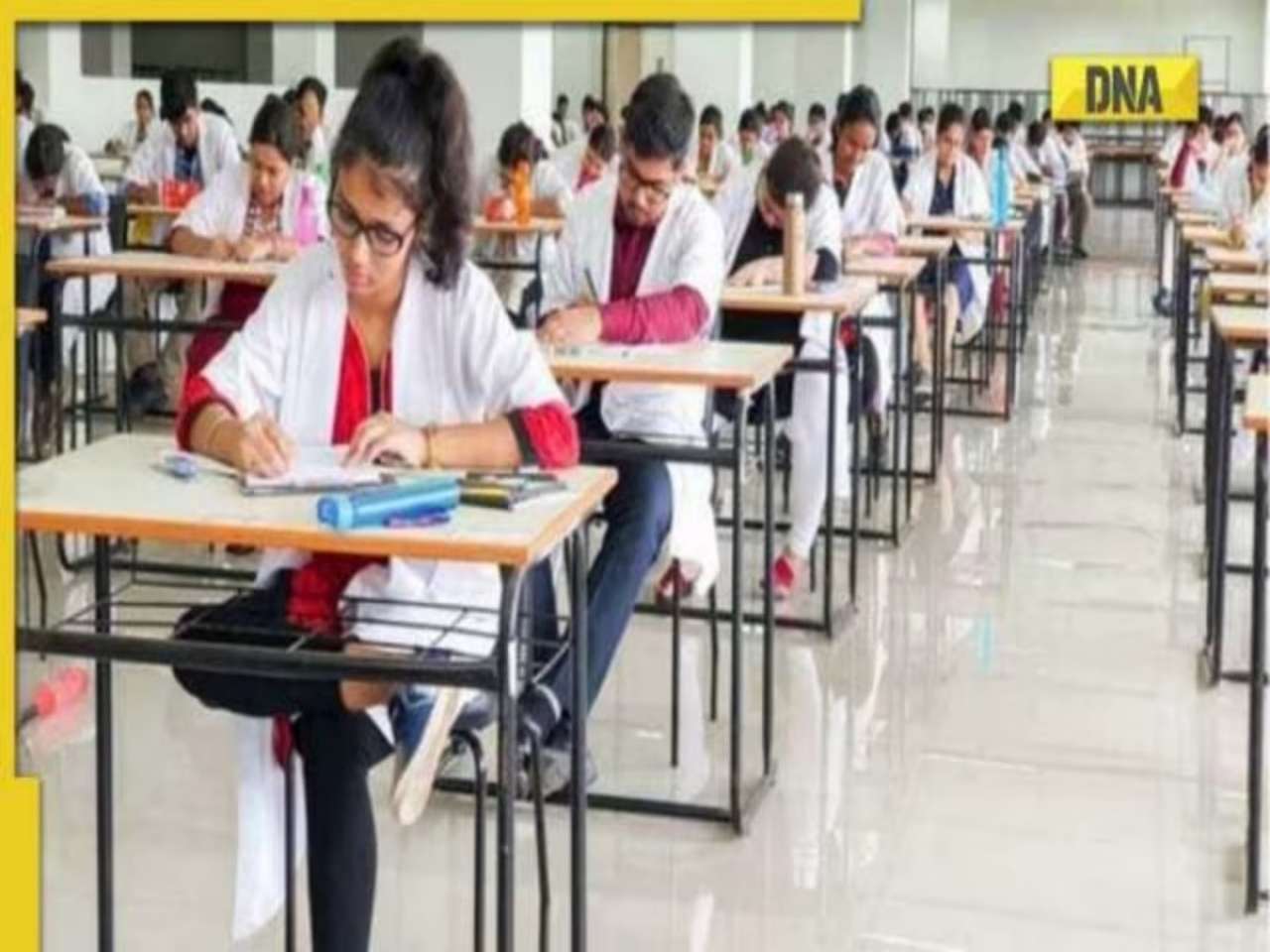
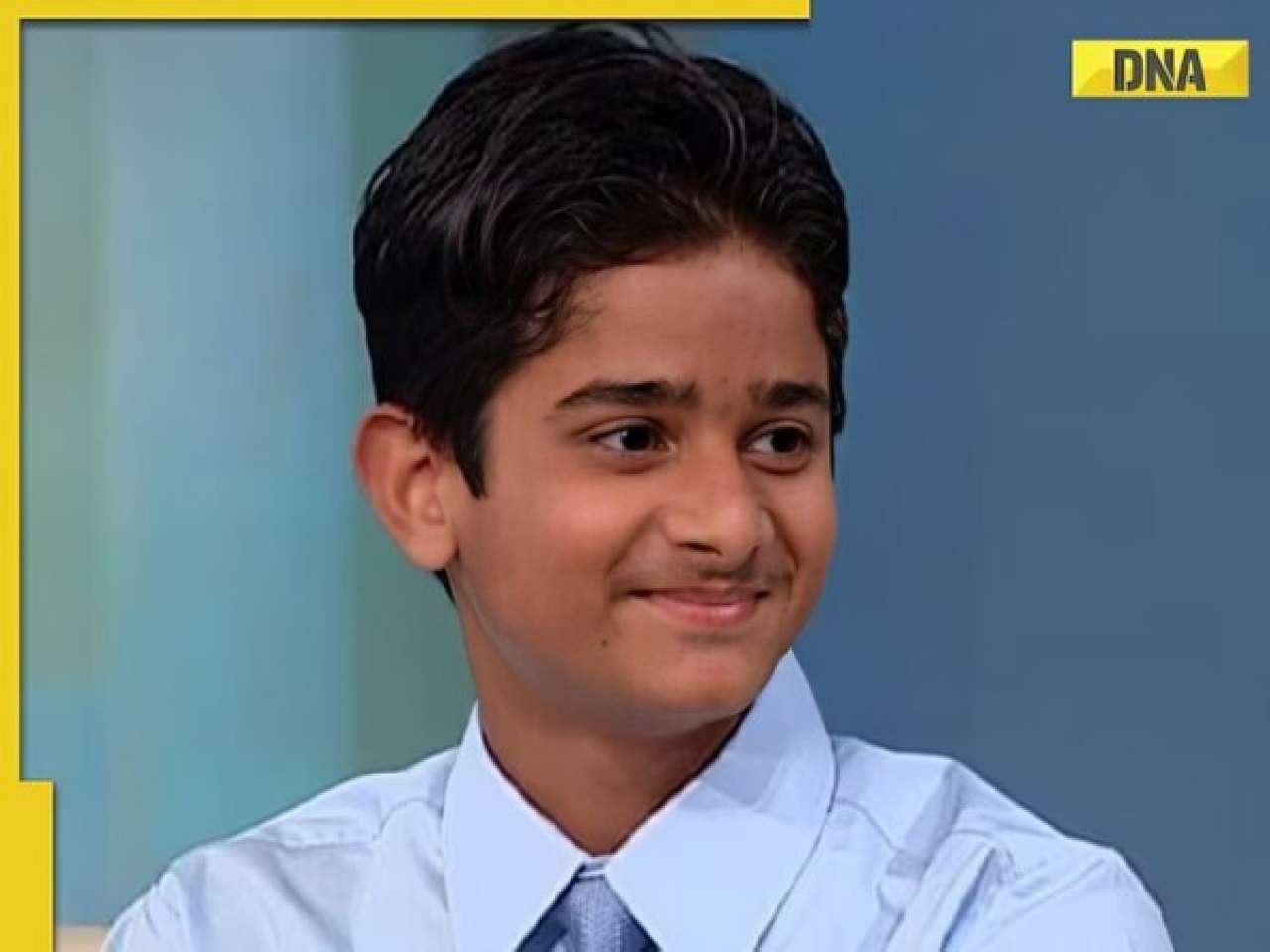














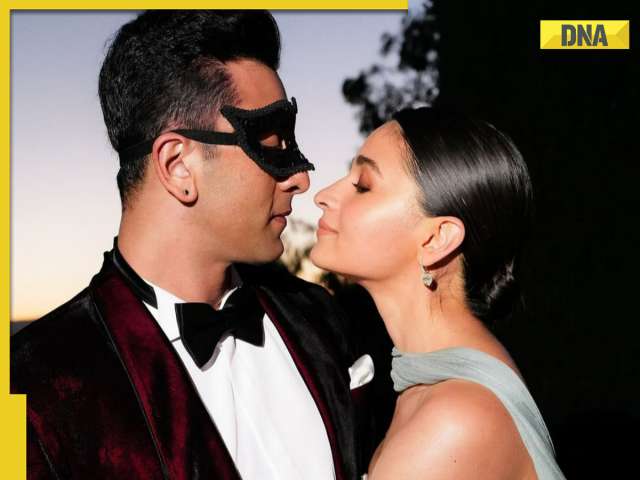

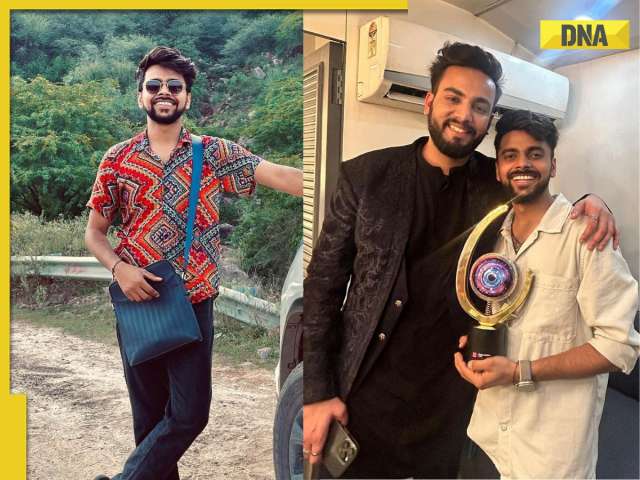




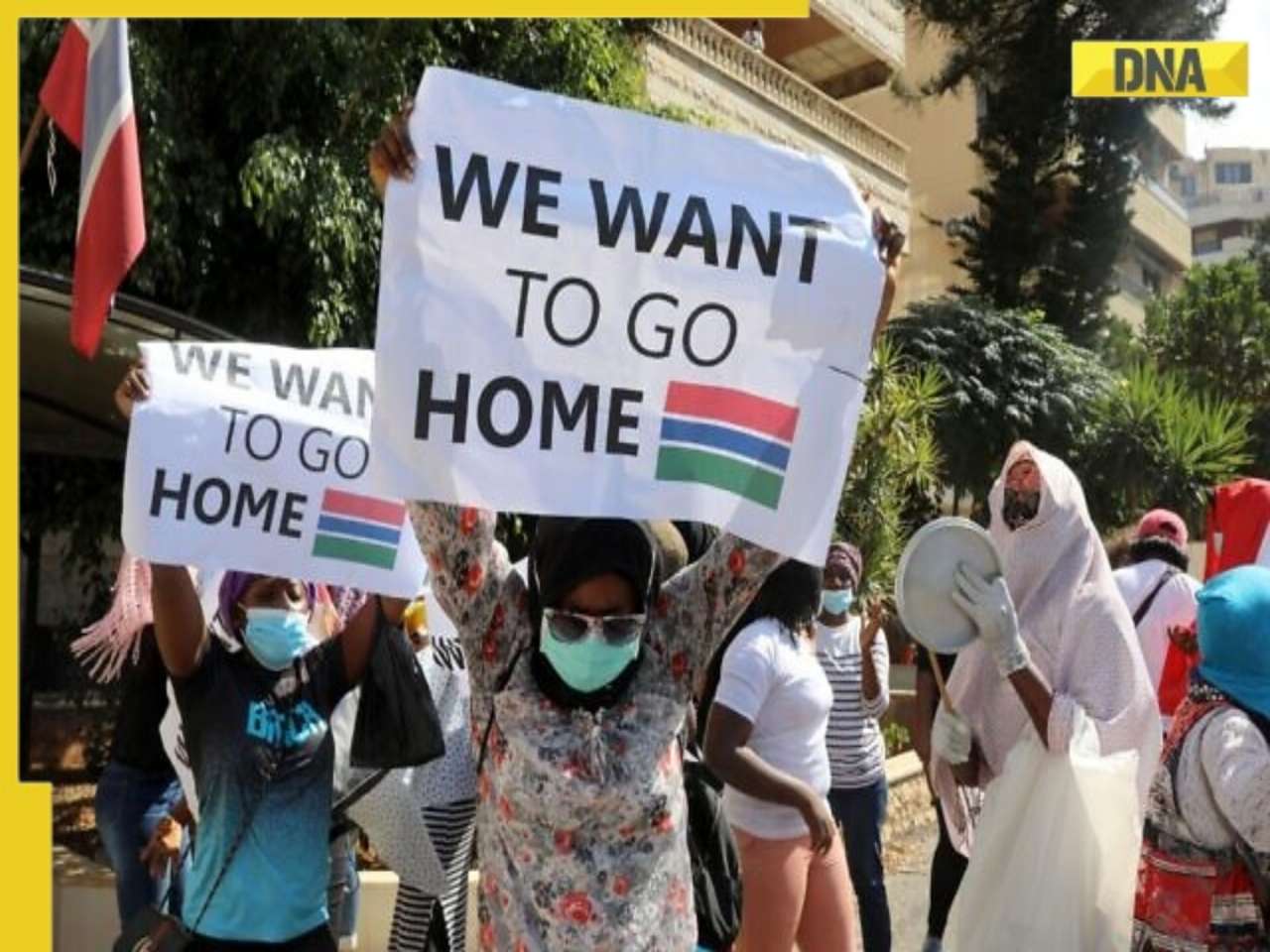
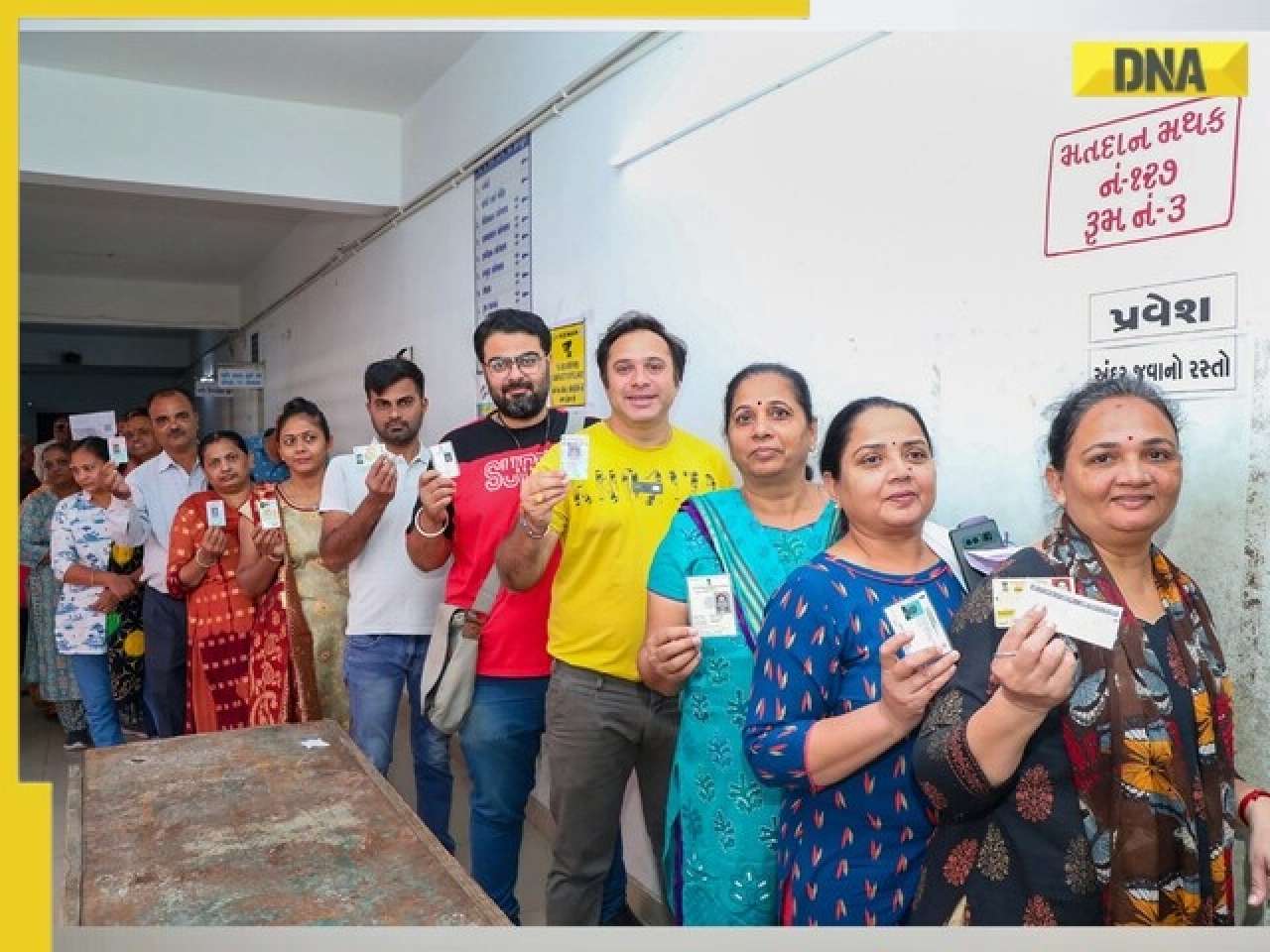


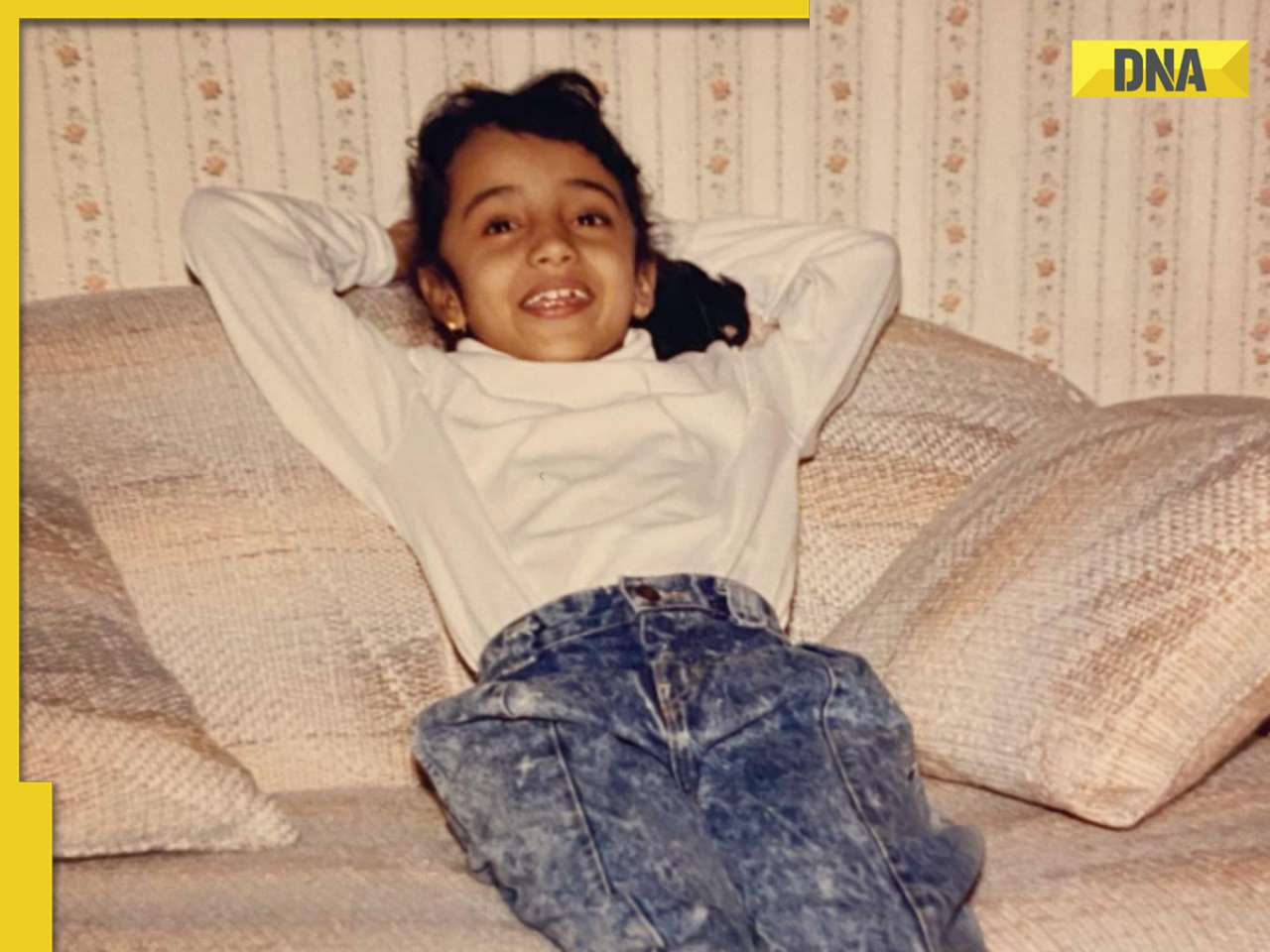

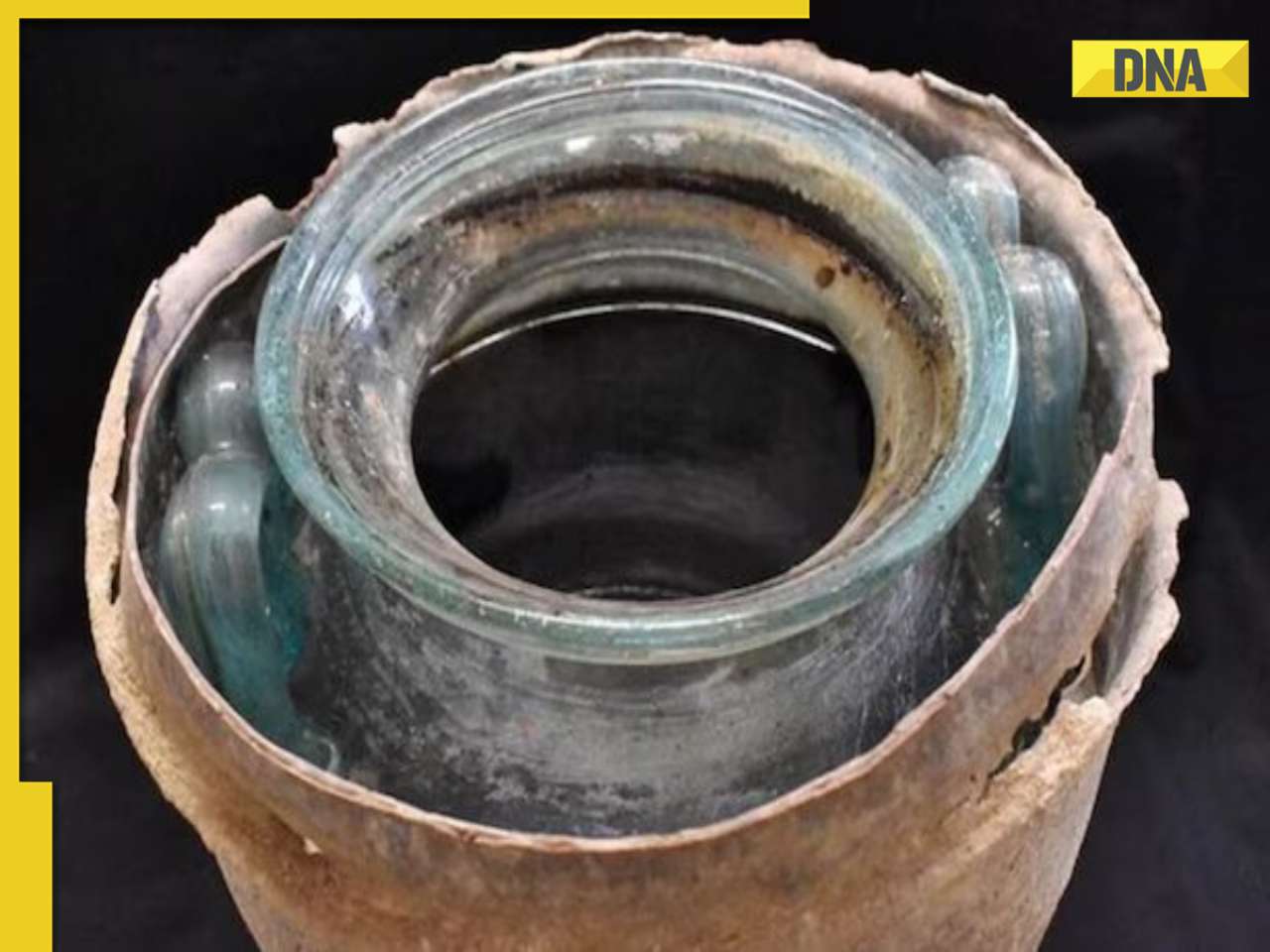





)










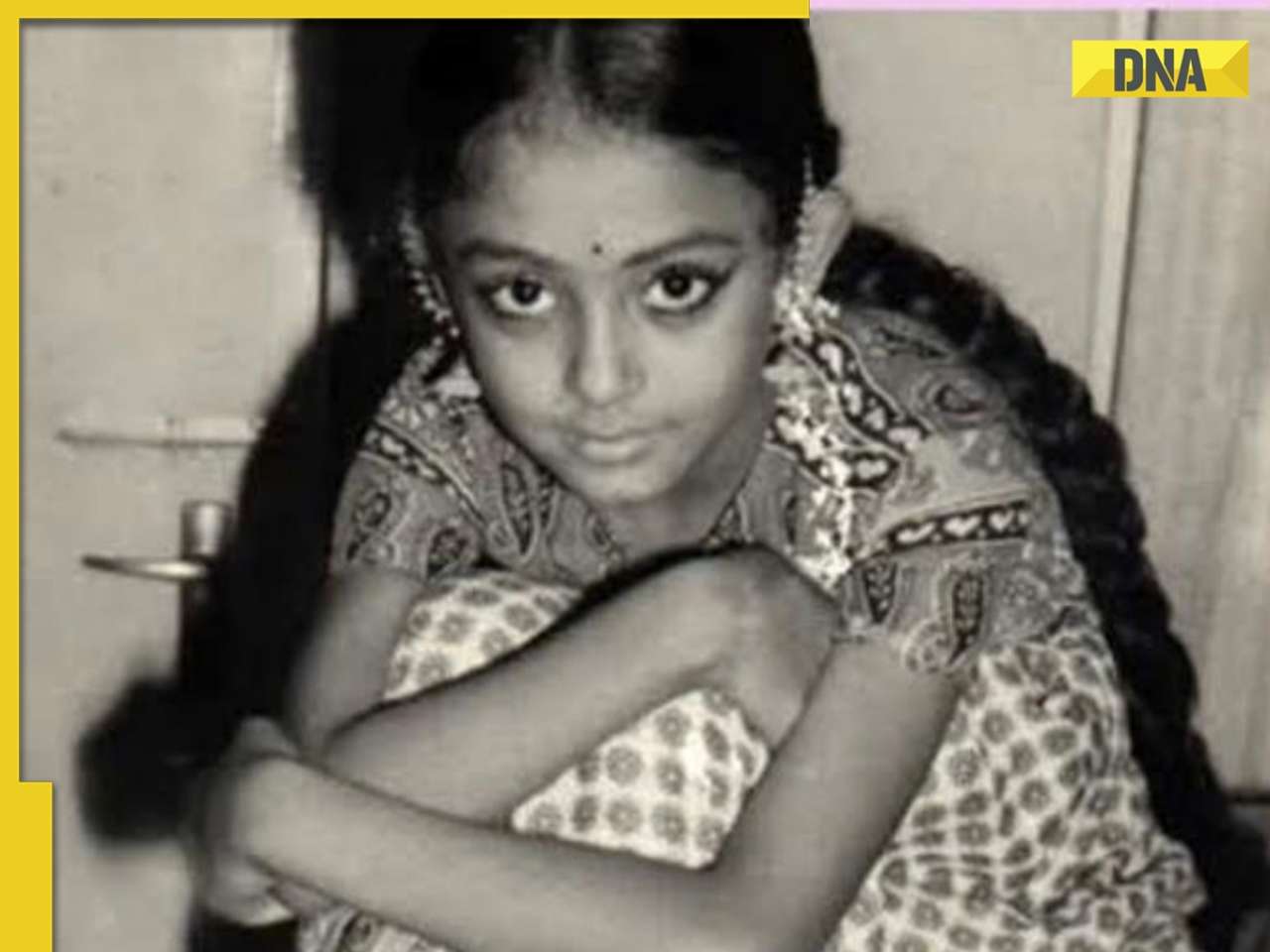

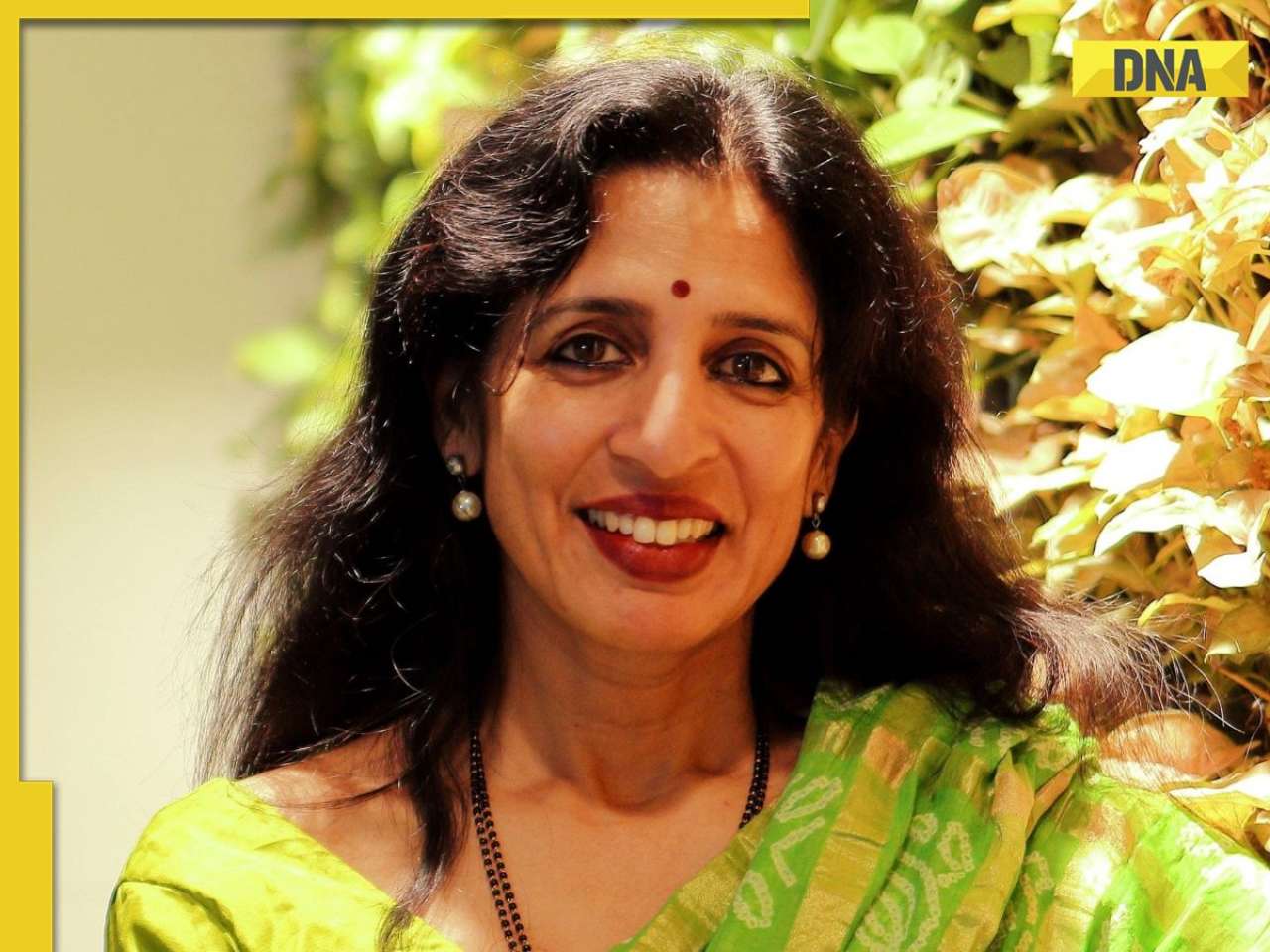




)
)
)
)
)
)